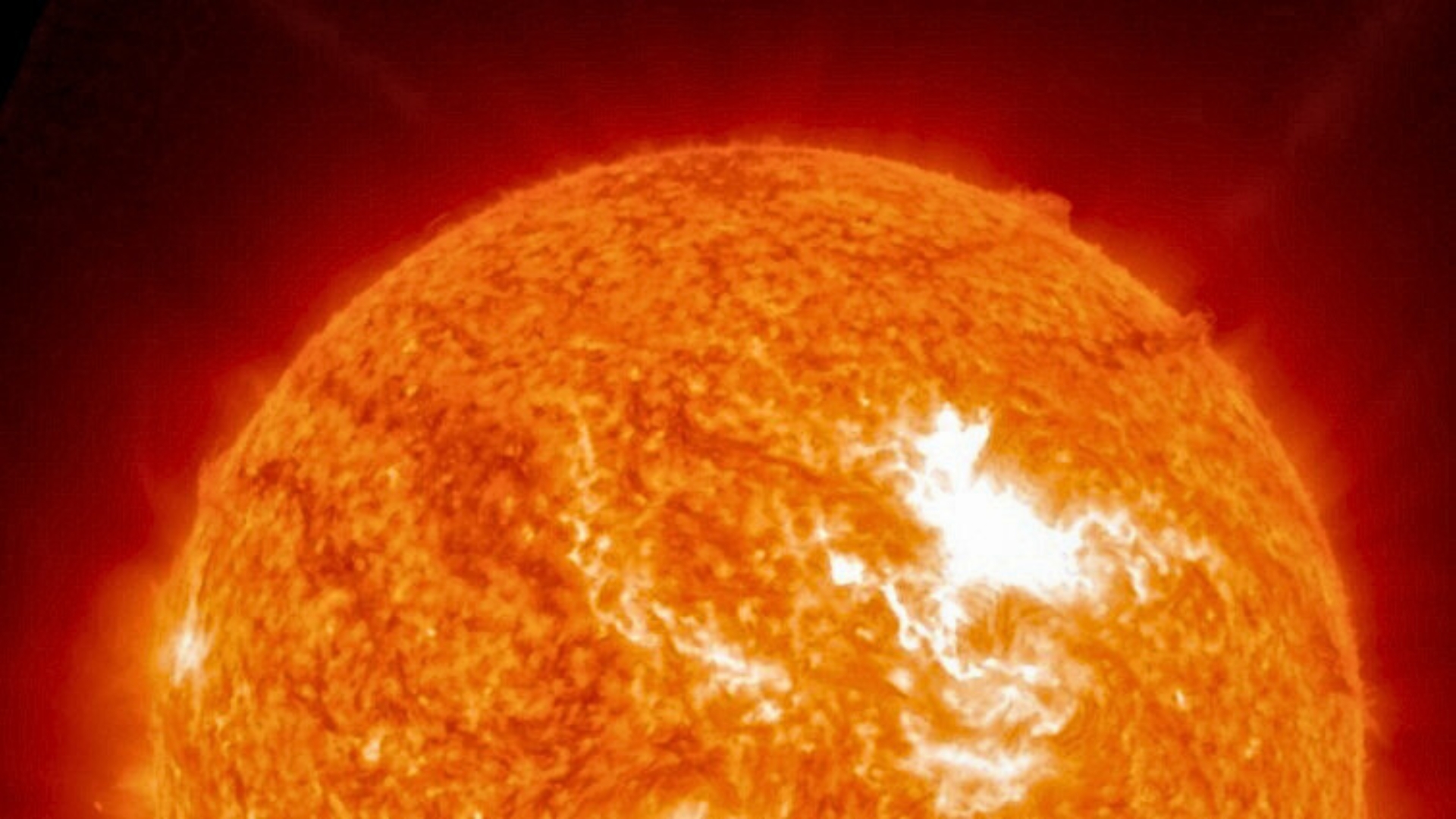Europe Tweaks Rocket to Haul Heavier Satellites
PARIS - Europe?sArianespace commercial launch consortium has begun making multiple minoradjustments to its Ariane 5 ECA rocket that should result in a 400-kilogramincrease in the vehicle?s commercial payload-carrying power by the end of 2010,according to the company?s annual report.
Theincreased capacity would enable the Ariane 5 ECA to lifttwo telecommunications satellites weighing a combined 9,100 kilograms intogeostationary transfer orbit.
ArianespaceChief Executive Jean-Yves Le Gall said April 9 that the performanceenhancements will not include any hardware changes, but only minormodifications in how the vehicle is flown, such as letting the upper-stageengine burn longer before releasing the satellites.
Evry,France-based Arianespace occasionally has trouble matching two satellites tofill the Ariane 5 vehicle, and recently the company has been booking a largenumber of satellites weighing less than 3,500 kilograms.
Improvingperformance by 400 kilograms will facilitate ?passenger pairings for eachmission and also more completely [fill] the available capacity,? according tothe company.
In itsannual report, Arianespace said it had agreed to make an unforeseen additionalinvestment in preparing Russia?s Soyuz rocket for operations from Europe?sGuiana Space Center spaceport after receiving an informal agreement from theEuropean Space Agency (ESA) to ?re-evaluate? the price ESA will pay for Soyuzlaunches of ESA satellites.
Arianespacehopes to conduct the inaugural flight of Soyuz from the European installationlate this year, but the late arrival from Russia of a mobile gantry may forcethe launch to slip into 2010. Le Gall said the gantry is now expected to beshipped by sea to the Guiana Space Center spaceport from St. Petersburg by lateApril and arrive in mid-May ? still in time for a December inaugural flight.
Breaking space news, the latest updates on rocket launches, skywatching events and more!
Arianespace agreed in 2005 to invest121 million euros ($163 million)?of its own money, through a loanfrom the European Investment Bank, to purchase Soyuz rockets from its Russianmanufacturers in an agreement approved by the French and Russian governments.ESA is financing the construction of the Soyuz launch pad.
Le Gallsaid ?several million euros? of additional costs incurred by Arianespacebecause of Soyuz delays will be passed on to ESA in the form of higher launchprices for the agency?s first 10 or 15 Soyuz launch campaigns.
Arianespacereported a net profit of 2.5 million euros on revenue of 955.7 million euros in2008, its sixth consecutive profit-making year.
Most of Arianespace?s shareholdersare either the French government or industrial manufacturers of Ariane 5 rockethardware. The company uses its cash to purchase hardware and services fromthese companies rather than to pay shareholder dividends.
?Three main performance indicatorsapply to Arianespace: the order book, the number of launches and net income,?the company said in its annual report.
Arianespace conducted six Ariane 5 launchcampaigns in 2008, the same number as in 2007. But the 2008 manifestincluded ESA?s Automated Transfer Vehicle, a large unmanned cargo carrier thatwas sent to the international space station. That launch generated more revenuefor Arianespace than standard commercial missions, enabling the company toincrease 2008 revenue by 3.5 percent in 2008 compared to 2007.
Arianespacein February ordered a batch of 35 Ariane 5 ECA rockets from an industrialconsortium led by Astrium Space Transportation, a contract the company valuedat more than 4 billion euros. But only 10 of these vehicles were firmlyfinanced, with dollar-euro exchange-rate coverage to protect against a futuredecline in U.S. dollar values.
The first10 launches, according to Le Gall, also include an ESA contribution of ?severalmillion euros per launch? that is paid by the agency?s Ariane 5 Research andTechnology Accompaniment Program. The so-called MCO costs, for the Frenchacronym for Maintenance of Operational Conditions, assure that the Ariane 5vehicle?s ground-test facilities are kept up to date.
Le Gall said Arianespace, itsindustrial contractors and ESA are negotiating whether ESA will fund MCO costs? and if so at what level ? for the remaining 25 vehicles in the 35-rocketorder. A billion-euro support package financed by ESA to offset certain Ariane5-related fixed costs is set to expire in 2010. Le Gall said he expected ESA tosettle on an MCO support level for the remaining vehicles sometime this year.
- New Video - Blast Off for Europe's Gravity Probe
- Video - Meet GOCE: Europe's Gravity Probe
- Images - 20 Great Rocket Launches

Charles Q. Choi is a contributing writer for Space.com and Live Science. He covers all things human origins and astronomy as well as physics, animals and general science topics. Charles has a Master of Arts degree from the University of Missouri-Columbia, School of Journalism and a Bachelor of Arts degree from the University of South Florida. Charles has visited every continent on Earth, drinking rancid yak butter tea in Lhasa, snorkeling with sea lions in the Galapagos and even climbing an iceberg in Antarctica. Visit him at http://www.sciwriter.us
